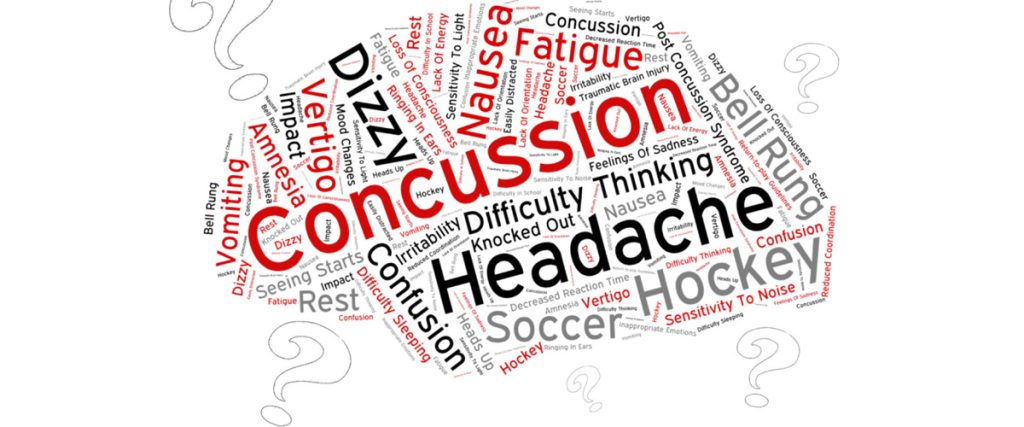How Technology Can Make You a Better Runner
This ultra runner came to Elevate with knee pain that had him fully side-lined, plus hamstring pain he’d had for years. He had BIG goals of fixing it all in time to run the world famous 100 mile Leadville Ultra. He worked with Co-Founder Dr. Meredith Soelberg PT, DPT, MBA, in our Running and Movement Lab . High-speed cameras, research-grade Simi Aktysis software, and an in-depth knowledge of running biomechanics allowed her to critically analyze his running and re-train his movement. She was able to dissect his running one frame at a time, uncover the flawed mechanics, provide the visual feedback and movement education (and the critical strength and mobility training too). He’s now back to 60+ miles / week, 20+ mile trail runs, and going strong! LOOK OUT LEADVILLE! HE’S COMIN’ FOR YOU! “Without the technology and analysis,” Dr. Soelberg points out, “we’re really in the dark about what’s faulty and contributing to the pain from a movement perspective. The therapist’s naked eye cannot see the flaws. And the runner cannot see what changes to make, or if they’re successfully making a recommended change. Employing video gait analysis plus strength and range of motion assessments gives us the complete picture of the root cause(s) of the pain, and what, very specifically, to do about it.” The secret is out. People come from hours away to do this in-depth analysis at Elevate!



